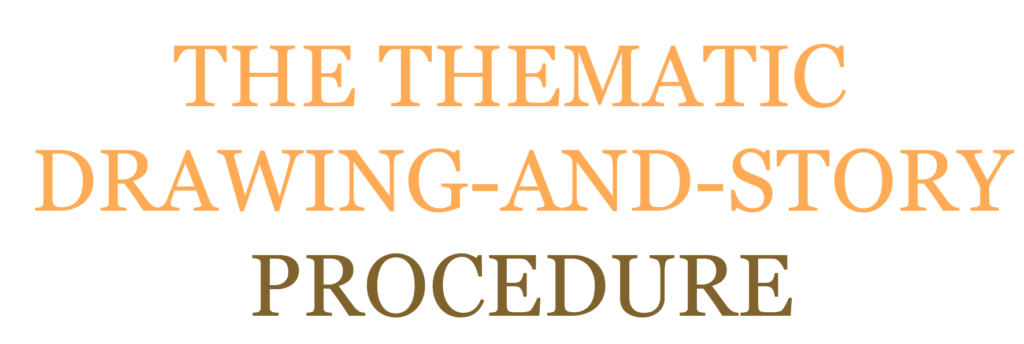VALLADARES-TORRES, C. A. Arteterapia no processo de reabilitação de usuários de drogas psicoativas por meio do desenho-história [Art therapy in the rehabilitation process of psychoactive drug addicts through story-drawing]. Cadernos Brasileiros de Saúde Mental/Brazilian Journal of Mental Health, [S. l.], v. 15, n. 42, p. 153–179, 2023.
Available on: https://periodicos.ufsc.br/index.php/cbsm/article/view/70958
Introduction: The complexity surrounding the treatment and psychosocial rehabilitation of drug addicts indicates the need to consider the effectiveness of creative and innovative tools, such as the use of story-drawing in art therapy aimed at those who hardly verbalize their emotions and feelings spontaneously. Objective: This study aimed to evaluate the use of story-drawings in art therapy from a therapeutic perspective for drug addicts, users of a Mental Health service. Method: This is a mixed survey carried out with 108 drug addicts, using a questionnaire and The Thematic Drawing-and-Story Procedure of the “Bridge of Life” in art therapy. For data processing, quantitative analysis was used and the frequencies of numerical variables were added, as well as the thematic content analysis technique. Results: The bridge drawings were grouped into five categories, namely: (a) projection of their own emotional expression related to drug addiction; (b) manifestation of ambivalence towards life; (c) awareness of the symbolic meaning of crossing or passage; (d) mediator of preparation for solving problems or healthy aspects for the future and (e) not related to psychological suffering resulting from drug addiction. Conclusion: The use of story-drawings in art therapy, from a therapeutic perspective for drug addicts, was effective, so that participants verbally exposed their emotions and feelings.

